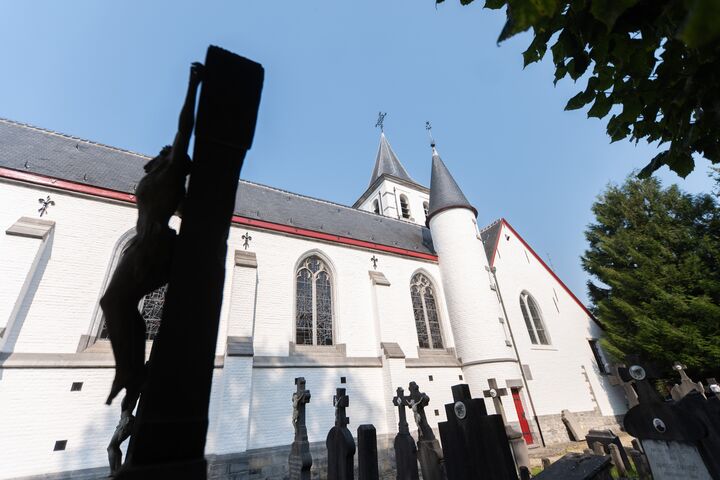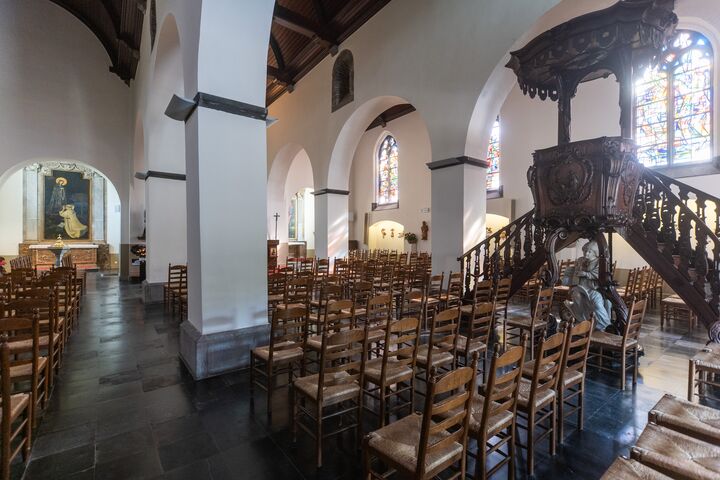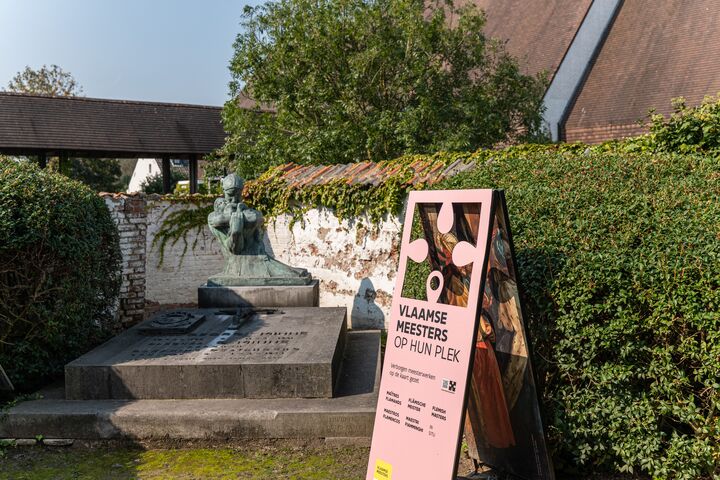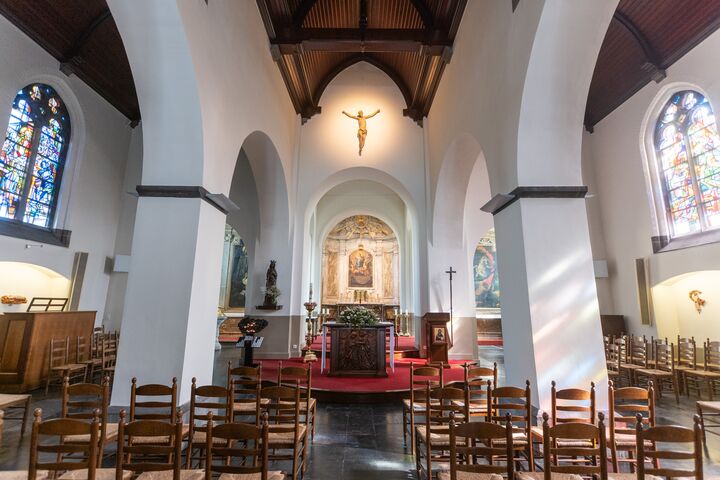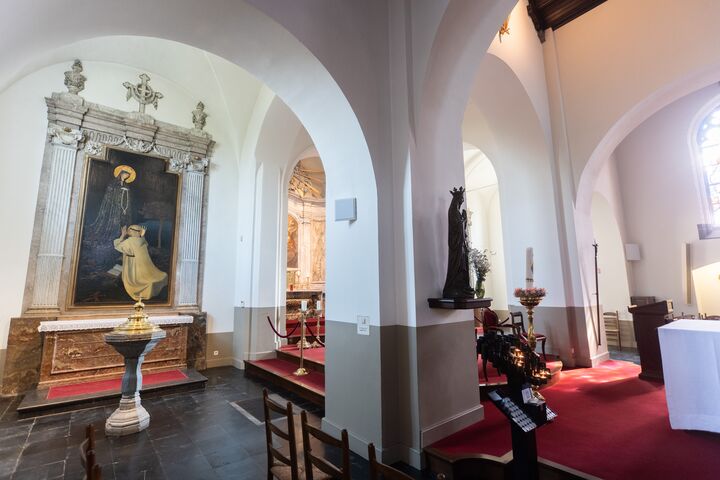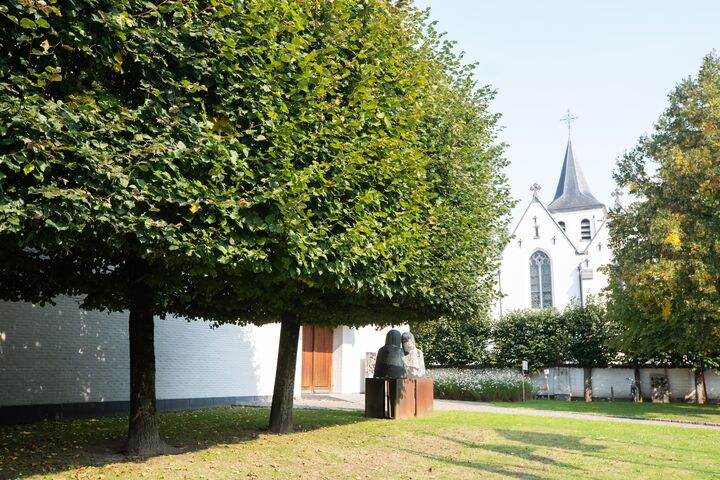Visit Saint Martin’s Church in the idyllic landscape along the river Leie and get carried away by George Minne’s bronze tombstone, a symbol of maternal love.
Johan Allard - CC Wikimedia
Didier Verriest
Practical information
Accessibility
- Easy access for people with disabilities.

